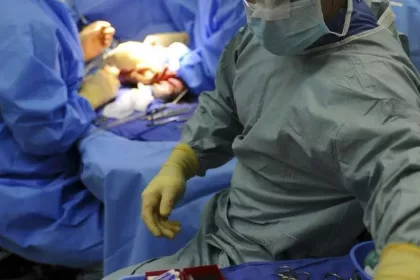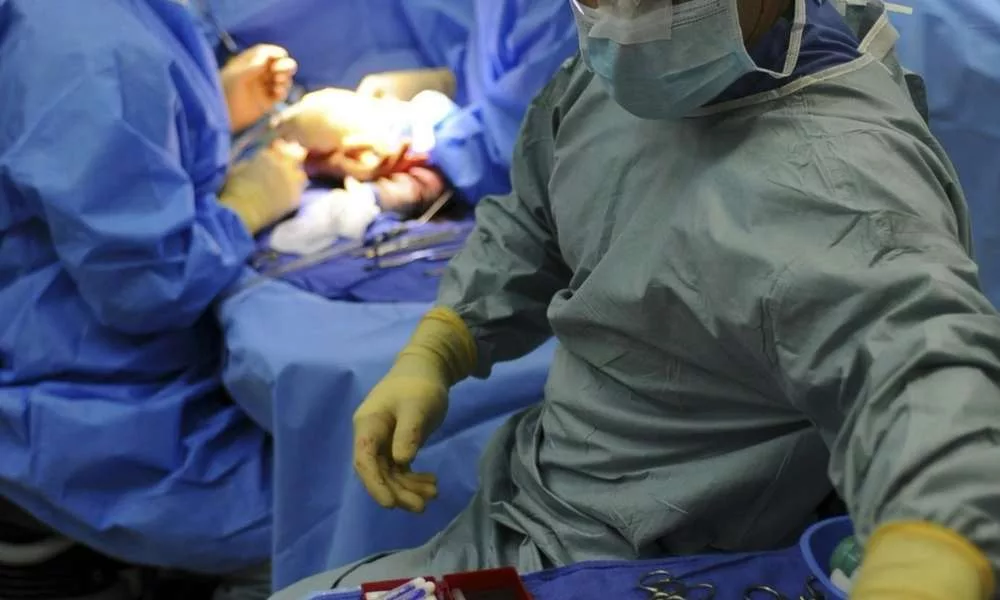

Biportal endoscopic spine surgery (BESS) relies on advanced instrumentation and technology to deliver precise and minimally invasive spinal care. This sophisticated equipment plays a crucial role in the success of the procedure.
Key Components of BESS Instrumentation
- Endoscope: A thin, flexible tube equipped with a high-definition camera that provides surgeons with a clear view of the surgical site.
- Working Channels: These channels allow the insertion of specialized surgical instruments through the portals.
- Micro-Instruments: Delicate tools designed for precise tissue manipulation and removal.
- Light Source: Provides illumination within the surgical field.
- Image Processing System: Enhances the endoscopic images for better visualization.
Technological Advancements
The field of BESS is continually evolving, with new technologies emerging to improve patient outcomes. Some notable advancements include:
- 3D Endoscopy: Offers a more realistic and detailed view of the spinal anatomy, enhancing surgical precision.
- Robotic Assistance: Robotic systems can provide steady instrument control and improve accuracy.
- Navigation Systems: These systems use imaging data to guide surgeons during the procedure.
Benefits of Advanced Instrumentation
- Minimally Invasive Access: BESS instruments allow for precise surgical work through small incisions.
- Improved Visualization: High-definition cameras and image processing technology enhance surgical accuracy.
- Enhanced Patient Outcomes: Advanced instrumentation contributes to reduced pain, faster recovery, and better overall results.
By harnessing the power of these technologies, BESS has become a valuable tool for treating a variety of spinal conditions.



